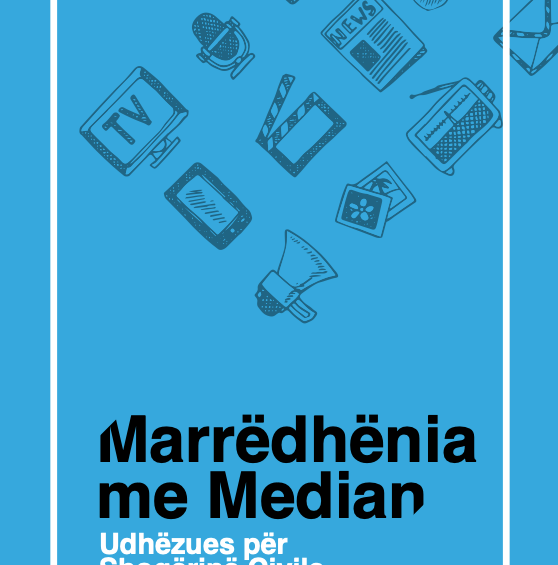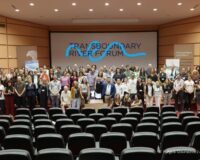The democratic public policy decision-making process relies on an informed, educated, and engaged public. Academic experts, government officials, businesses, financial analysts, participants in a specific event, and – most importantly for this guidebook – volunteer non-profit civic groups, often known as non-governmental organizations and civil society actors, provide information to the media. This guidebook takes this factor and the role of the latter as a key premise in building its targeted instructions and practical examples.
Whether NGOs specialize in environmental issues, political corruption, children’s health issues, or drug abuse, these public policy champions have two things the media needs: reliable information and a point of view. Nongovernmental organizations may challenge misinformation, educate the public, set the political agenda, and develop public support for initiatives if they have reliable information.
However, NGOs’ facts and viewpoints are useless if they do not or cannot disseminate them to the general public. To gain access to the most important information pipeline – the media – NGOs must first understand the needs of the gatekeepers in the media, then learn the skills and techniques required to effectively present information to the media, and then develop strategies to mobilize their media advocacy resources.
This guidebook provides an in-depth look at the role of civil society and the media, their role in a democratic society, the most effective means of cooperation between the two actors, and how they can complement each-others work in order to create long-term synergies
The guidebook also provides examples and exercises for the best practices in building marketing plans, social media strategies, communication guides for press releases, and interviews, as well as a comprehensive examination of the “Save the Blue Heart of Europe” campaign and its achievements and best practices.








